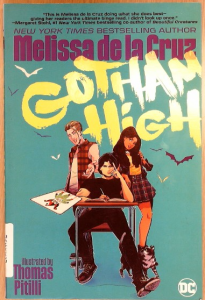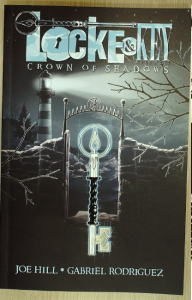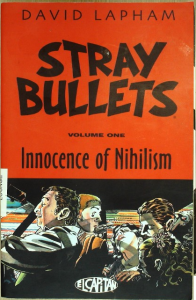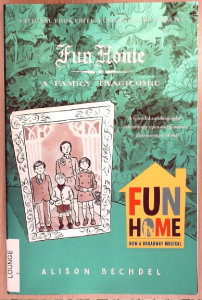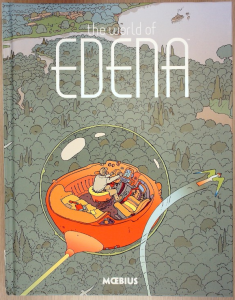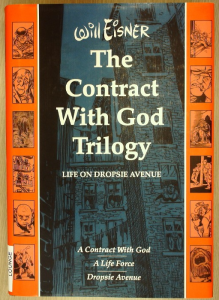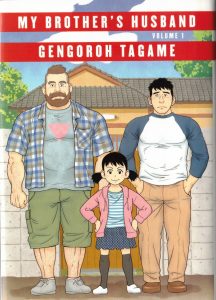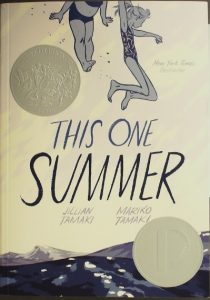[Welcome to the EL Book Introductions series. These posts are all short (<180 words) introductions/reviews of books in the EL library. They focus on telling you what we think will be interesting for you, a college student and English learner, so use them to help you find the right book for you. You can also use the tags to find books about topics you might be interested in.]
_______
You have probably seen a Marvel Comics movie or two. The Avengers, Spiderman, Captain America…but some of the oldest Marvel movies were about the X-men. X-men are mutants: people born with superpowers. In many X-men stories, the mutants represent minorities, and the comic is an allegory (寓話) for racism, anti-LGBTQ prejudice, etc. The Dark Phoenix Saga is not about a specific social issue, but it does ask questions about justice and the legal system.
The story is actually quite simple. Before this story starts, “X-man” Jane Grey gained godlike superpowers. Now, a psychic mutant is tricking her into using those powers for evil, and the other X-men have to save her. But what can (or should!) they do when she accidentally destroys an entire planet and billions of alien people?
My two cents: Unlike the Batman comics I have introduced before, Marvel comics assume you have read many comics already and know the characters and their histories. I think this will be a challenging book for you, but there are some really interesting points: (1) the art style is representative of the Silver Age of American comics, and is worthwhile just to look at, and (2) there are lots of accents, slang, and other kinds of speech that you might enjoy experiencing.


